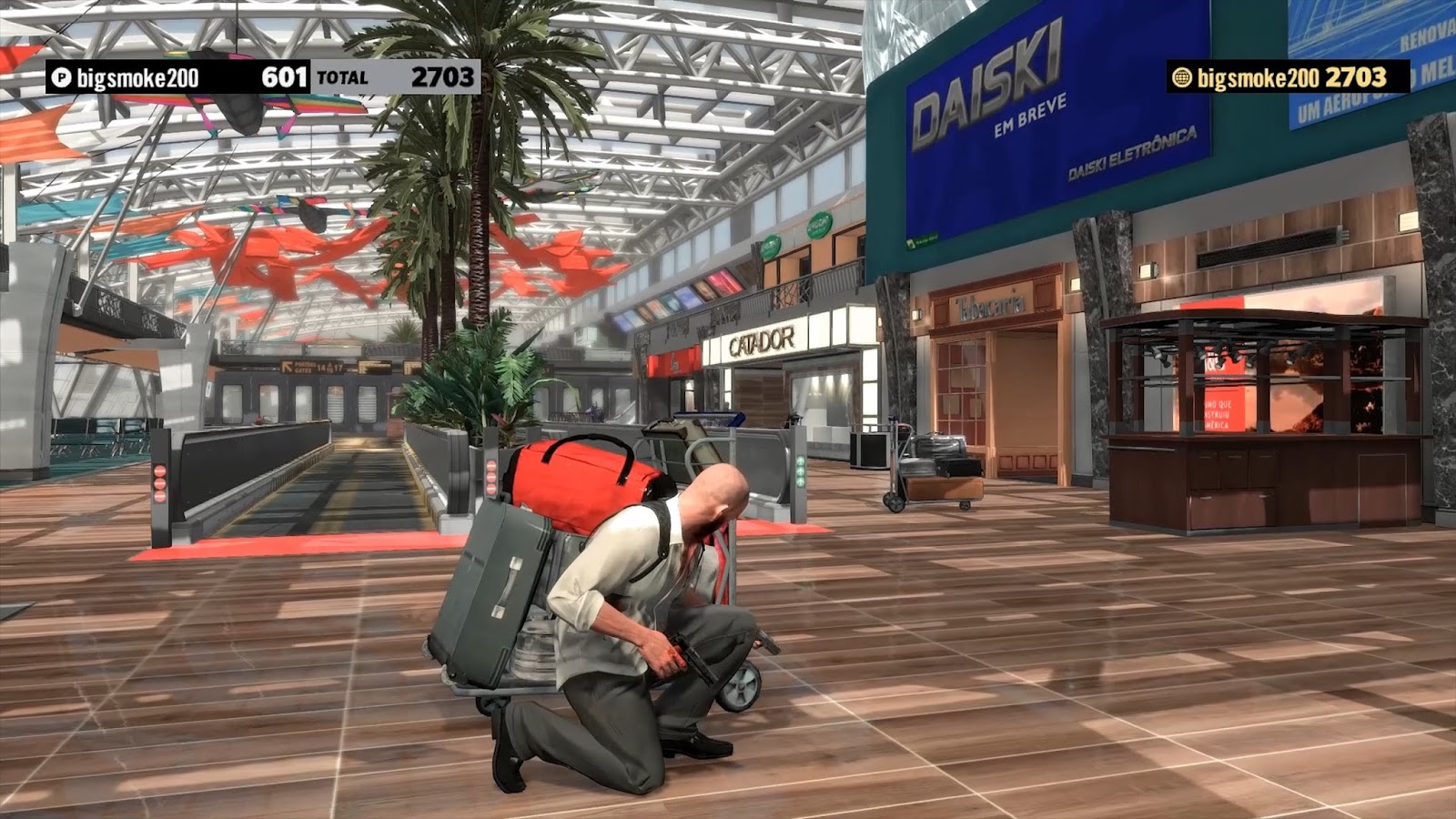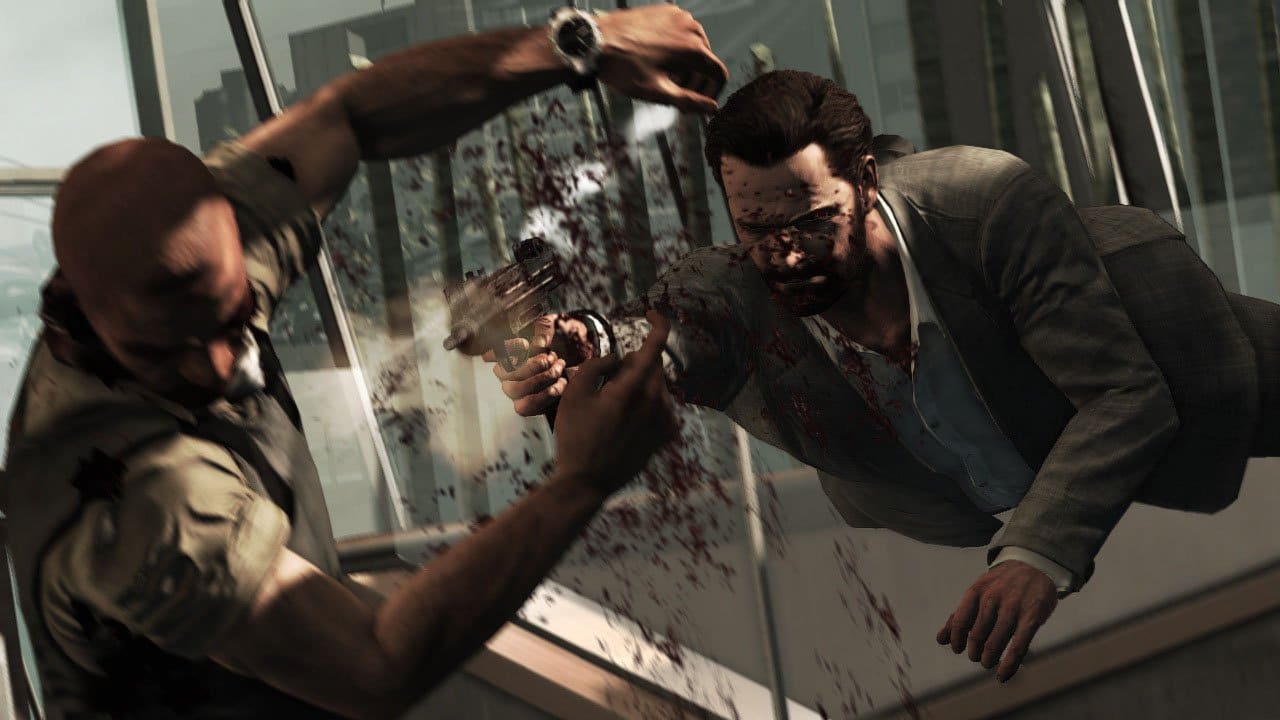
In 1980, Tim Macmillan started producing pioneering film and later, video, in this field while studying for a BA at the (then named) Bath Academy of Art using 16mm film arranged in a progressing circular arrangement of pinhole cameras.
Max payne 3 game debate series#
One of the earliest examples is the shot at the end of the title sequence for the 1966 Japanese anime series Speed Racer: as Speed leaps from the Mach Five, he freezes in mid-jump, and then the camera does an arc shot from front to sideways. īullet-time as a concept was frequently developed in cel animation. A debt may also be owed to MIT professor Harold Edgerton, who, in the 1940s, captured now-iconic photos of bullets using xenon strobe lights to "freeze" motion. In effect, however, Muybridge had achieved the aesthetic opposite to modern bullet-time sequences, since his studies lacked the dimensionality of the later developments.

Muybridge also took photos of actions from many angles at the same instant in time, to study how the human body went up stairs, for example.

His zoopraxiscope may have been an inspiration for Thomas Edison to explore the idea of motion pictures. Muybridge later assembled the pictures into a rudimentary animation, by placing them on a glass disk which he spun in front of a light source. The original intent was to settle a debate Leland Stanford had engaged in, as to whether all four of the animal's legs would leave the ground when galloping. Eadweard Muybridge used still cameras placed along a racetrack, and each camera was actuated by a taut string stretched across the track as the horse galloped past, the camera shutters snapped, taking one frame at a time. In Sallie Gardner at a Gallop (1878), Muybridge analyzed the motion of a galloping horse by using a line of cameras to photograph the animal as it ran past. The technique of using a group of still cameras to freeze motion occurred before the invention of cinema itself with preliminary work by Etienne Jules Marey on chronophotography, later experimented by Eadweard Muybridge. In the years since the introduction of the term via the Matrix films it has become a commonly applied expression in popular culture. The term "bullet time" was first used with reference to the 1999 film The Matrix, and later in reference to the slow motion effects in the 2001 video game Max Payne. Technical and historical variations of this effect have been referred to as time slicing, view morphing, temps mort (French: "dead time") and virtual cinematography. This is almost impossible with conventional slow motion, as the physical camera would have to move implausibly fast the concept implies that only a " virtual camera", often illustrated within the confines of a computer-generated environment such as a virtual world or virtual reality, would be capable of "filming" bullet-time types of moments.

It is characterized by its extreme transformation of both time (slow enough to show normally imperceptible and unfilmable events, such as flying bullets), and of space (by way of the ability of the camera angle-the audience's point-of-view-to move around the scene at a normal speed while events are slowed).

It is a depth enhanced simulation of variable-speed action and performance found in films, broadcast advertisements, and realtime graphics within video games and other special media. Bullet time (also known as frozen moment, dead time, flow motion or time slice) is a visual effect or visual impression of detaching the time and space of a camera (or viewer) from those of its visible subject.


 0 kommentar(er)
0 kommentar(er)
